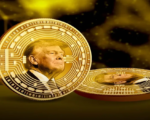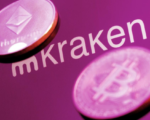In October, Russian President Vladimir Putin confirmed that the BRICS nations (Brazil, Russia, India, China, and South Africa) are in the process of discussing a new digital currency platform to help reduce their dependence on Western financial systems. The move is aimed at lessening the influence of the US dollar in global trade and fostering greater financial independence among developing economies. Putin has voiced strong support for the initiative, suggesting that digital currencies could benefit not only BRICS members but also other emerging economies looking to diversify their financial tools.
The proposed platform, which may be called BRICS Pay, will be designed to enable member countries to conduct cross-border transactions more efficiently. According to reports, countries like Iran, Egypt, Ethiopia, and the UAE are also involved in the initiative, expanding the scope of the platform. The goal is to create a system that minimizes the reliance on traditional Western payment networks and promotes the use of digital assets, such as cryptocurrencies and Central Bank Digital Currencies (CBDCs), for international transactions.
The BRICS Pay platform would operate on a blockchain network, allowing for direct peer-to-peer transactions between member nations. One of the primary advantages of this system is that it would eliminate the need for brokers or intermediaries, streamlining the settlement process and reducing the costs associated with cross-border payments. In traditional international transactions, payment facilitators often charge high service fees, but using digital assets can bypass these intermediaries, resulting in lower costs for businesses and consumers alike.
This move aligns with the broader global trend of central banks and financial institutions exploring digital currencies as an alternative to traditional financial systems. While it remains to be seen how quickly BRICS Pay will be implemented, the development signals a significant shift in the financial landscape, with the potential to challenge the dominance of the US dollar and shift power towards a new, decentralized model of global trade and finance.


















